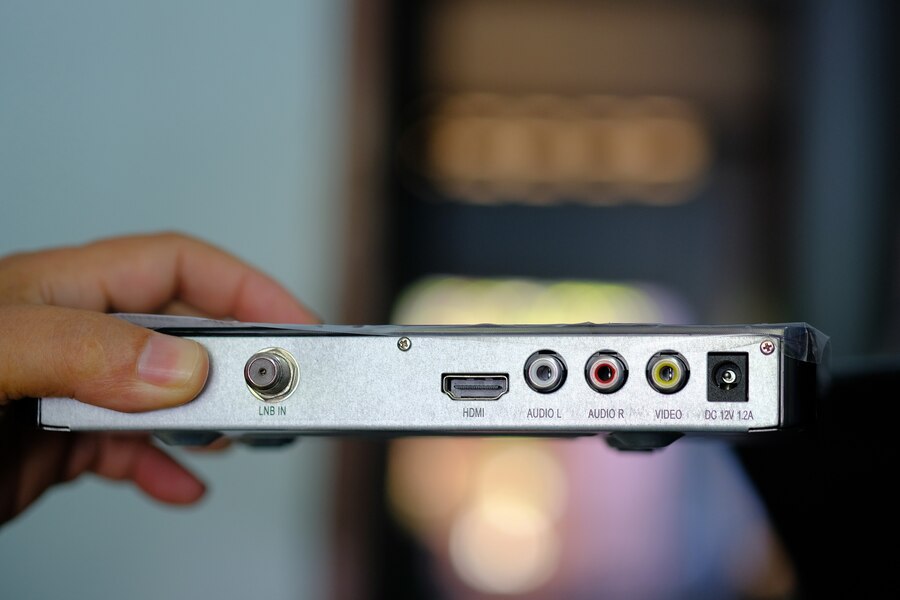This involves the decisive historical event of the unfolding stop on ISDN in the United Kingdom as a dawn of a new decade in the telecommunications industry for BT. This transition is a necessary evolution for those that have benefitted from ISDN for their organizational and business communications. Knowledge of the consequences tied to change and being ready to welcome it is a key significance to make the transition seamless.
International Integrated Services Digital Network switch off.
British Telecom ISDN switch off means that the company has decided to stop the offering of ISDN services that have been standard in the communication sector for many years. ISDN which once proved extremely beneficial as a technology that could transmit voice, video and data over digital lines is now seen as outdated to modern day technologies. The switch off of BT indicates that no support or service would be given for ISDN lines in the future as the spokes indicated that the lines will be decommissioned by 2025.
How the switch off of ISDN is making competitive sense for BT telecommunications?
The main cause of the British Telecom ISDN switch off is therefore rooted in the existence of improved technologies. Recently, many advanced features have caused a trend towards replacing the basic services provided by ISDN with Internet Protocol (IP) services including VoIP and unified communications systems. ISDN is less capable in these areas compared to these new emerging technologies as they are flexible, scalable and more economical. Meanwhile, the company hopes to direct energy and capital on offering and sustaining better, modern, and more future-oriented ISDN alternatives.
Which Factors does This Entail for Businesses?
The shut down of ISDN services will therefore call for a Sound planning and conversion from the existing services to other technologies. The ISDN lines also find their application in the telephone communication networks and data transmission, and in some video conferencing solutions. Therefore to evade complications in communication required for the operation of organizations, companies are required to make a change for modern sources.
-
Preparing for the Switch Off
Assess Your Current Usage: First of all it is necessary to assess the current ISDN consumption. Determine the usage of ISDN lines within your organization’s telecommunication framework; telephone lines, data lines, etc. Depending on the outcomes of this assessment, it will be possible to identify how far the respective change has gone through the transition process.
- Explore Alternatives: Research into new possibilities of communications that may replace ISDN. Unified communications, cloud-based platforms, or VoIP systems mentioned among the most frequently used ones. Each has several advantages; for example, lowering expenses, improving elasticity, and adding improvements.
- Plan Your Transition: Create a time frame regarding the transition from ISDN to the selected alternative. Make sure that whatever new system you are incorporating is compatible with your current structures and fulfills the intended purpose.
- Test New Systems: This means that there should be a series of tests, which should be conducted before full migration into the new means of communication. This will be effective in pointing out all the possible hitches and be in a position to correct them long before ISDN switch off occurs.
- Train Your Staff: Offer riding on new systems and technologies to employees. Make sure that your team is at ease with the new tools because this will make the transition a lot easier.
Key Dates to Remember
ISDN services are to be decommissioned at BT and the firm has declared a date of 2025 as when the switch off process will be concluded. But, it is expedient to initiate preparations for the submission of this report several months before the stipulation of the above-stated deadline to avoid any mishap. Adapting new technologies before the switch off will guarantee the business the continued flow of its tasks and work with the opportunities offered by the modern systems of communication.
Conclusion
The BT ISDN switch off depicts a revolution in the delivery of telecommunication services signaling the retirement of ISDN technology. Thus, after realizing the need for switch off, evaluating your current consumption, looking for other options and mapping your migration strategy, it is possible to make a successful transition to other superior technologies of communication. It will equally fortify your business against the daily shocks of the digital world and keep it always in touch and in line.



